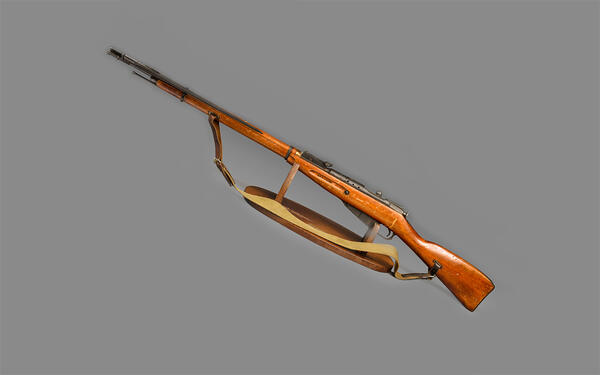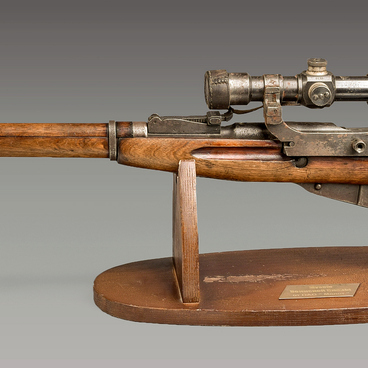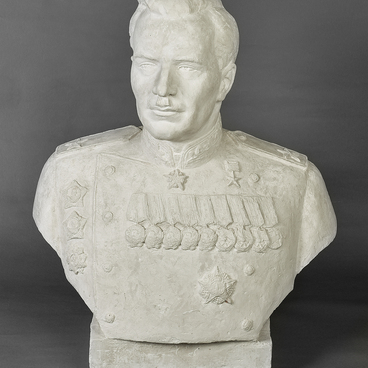The Russian Mosin three-line magazine rifle was introduced into service in the Russian Imperial Army in 1891. The name ‘three-line’ comes from the caliber, which was equal to three lines. The line, in turn, was the old measure of length equal to one tenth of an inch or 2.54 millimeters.
Mosin rifles began to be produced in 1892 at the Tula, Izhevsk and Sestroretsk arms factories. Due to the limited production capacity of these enterprises, 500 thousand copies were ordered at the French arms factory in the city of Chatellerault.
According to one version, the Mosin rifle passed the first combat test in 1893 during a clash between a Russian detachment and Afghans in the Pamirs. But other sources claim that this happened during the suppression of the ‘Boxer uprising’ in China in 1900-1901.
The Boxer Rebellion was the name of the Yihetuan rebellion (translated from Chinese as ‘detachments of harmony and justice’) against foreign interference in the economy, domestic politics, and religious life of China in 1898-1901.
Already in the first years after the adoption of the rifle, changes began to be made in the original design. So, in 1893, the weapon had a wooden hand guard to protect the hands from burns, and in 1896 — a long cleaning rod with an enlarged head, which simplified the cleaning of the rifle. In addition, the designers removed the notch on the cover of the magazine box, which wiped the uniform of the soldiers. These improvements were introduced into the design of not only new, but also previously released rifles.
By the beginning of the Russian-Japanese War, the army was armed with 3.8 million Mosin rifles, and by the time Russia entered the First World War, more than 4 million guns. At that time, four versions of the rifle were produced: dragoon, infantry, Cossack and carbine.
In 1928, the USSR began the serial production of the first samples of optical sights, specially designed for the rifle of the 1891 model. In early 1930s, the production of the Mosin sniper rifle began, which was distinguished by the best quality of the rifle bore processing, the presence of an optical sight and the bolt handle bent down. They were used during the Soviet-Finnish and World War II. The production of the main rifle of the 1891 model was stopped at the beginning of 1945. The carbine on its basis was produced until the beginning of the production of the Kalashnikov assault rifle.
Mosin rifles began to be produced in 1892 at the Tula, Izhevsk and Sestroretsk arms factories. Due to the limited production capacity of these enterprises, 500 thousand copies were ordered at the French arms factory in the city of Chatellerault.
According to one version, the Mosin rifle passed the first combat test in 1893 during a clash between a Russian detachment and Afghans in the Pamirs. But other sources claim that this happened during the suppression of the ‘Boxer uprising’ in China in 1900-1901.
The Boxer Rebellion was the name of the Yihetuan rebellion (translated from Chinese as ‘detachments of harmony and justice’) against foreign interference in the economy, domestic politics, and religious life of China in 1898-1901.
Already in the first years after the adoption of the rifle, changes began to be made in the original design. So, in 1893, the weapon had a wooden hand guard to protect the hands from burns, and in 1896 — a long cleaning rod with an enlarged head, which simplified the cleaning of the rifle. In addition, the designers removed the notch on the cover of the magazine box, which wiped the uniform of the soldiers. These improvements were introduced into the design of not only new, but also previously released rifles.
By the beginning of the Russian-Japanese War, the army was armed with 3.8 million Mosin rifles, and by the time Russia entered the First World War, more than 4 million guns. At that time, four versions of the rifle were produced: dragoon, infantry, Cossack and carbine.
In 1928, the USSR began the serial production of the first samples of optical sights, specially designed for the rifle of the 1891 model. In early 1930s, the production of the Mosin sniper rifle began, which was distinguished by the best quality of the rifle bore processing, the presence of an optical sight and the bolt handle bent down. They were used during the Soviet-Finnish and World War II. The production of the main rifle of the 1891 model was stopped at the beginning of 1945. The carbine on its basis was produced until the beginning of the production of the Kalashnikov assault rifle.



